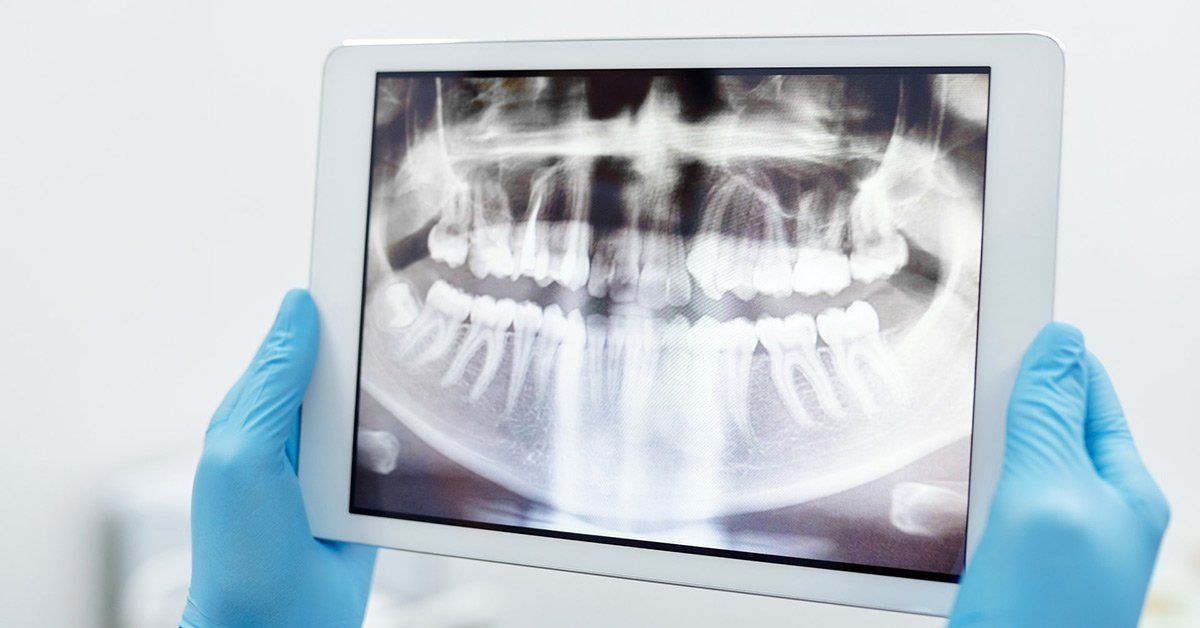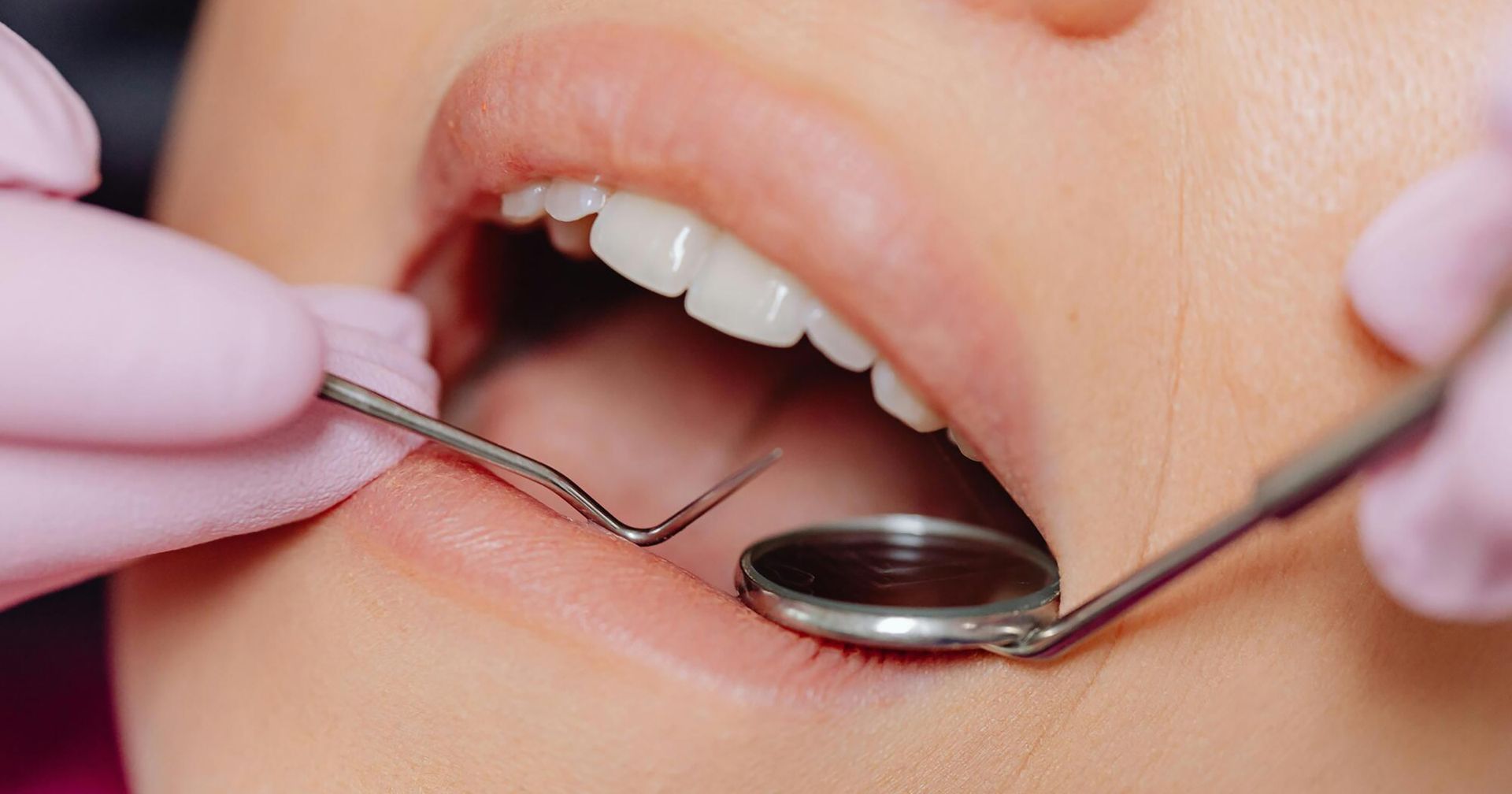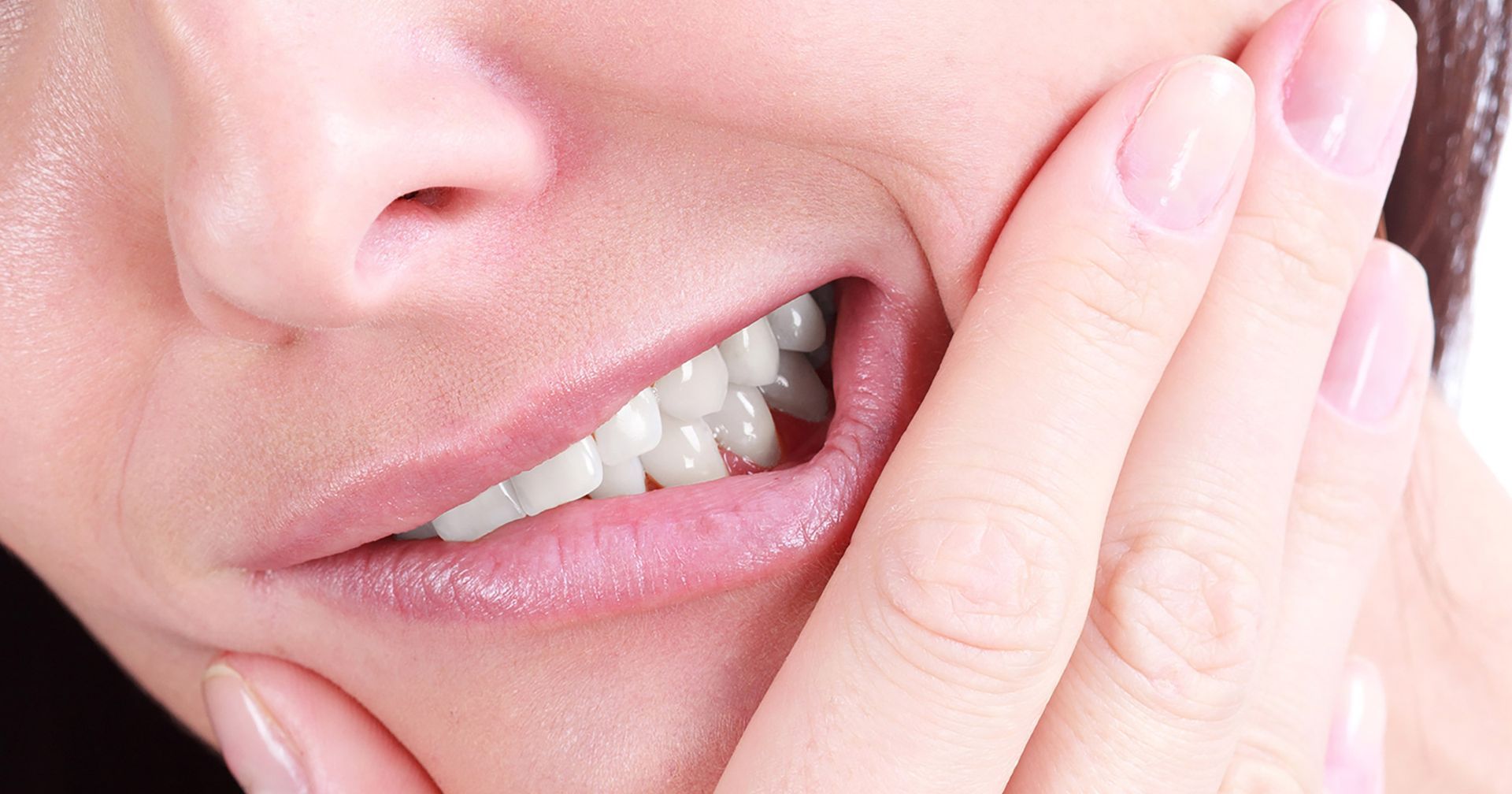When you visit the dentist, should you get dental x-rays? Yes! Learn the importance of dental x-rays with this informative guide.
Imagine a world where you could see beneath individuals' skin and automatically know what's wrong with them. Thanks to modern medicine, we have such technology.
When you fall and break a bone, you expect a doctor to use an x-ray to diagnose the severity of the break. In the same way, dentists use dental x-rays to see what's going on beneath your teeth with the teeth themselves and even your jaw.
But aren't x-rays dangerous, you may ask? Can't a dentist just see the problem and then take care of it?
Keep reading to learn why dental x-rays help a dentist fully diagnose a patient and how they can help you achieve optimal dental health.
Purpose of Dental X-Rays
First and foremost, a dental x-ray allows a dentist to fully assess the health of your mouth and jaw. Dentists have long used x-rays for diagnosing a cavity, but they can do so much more.
For example, dental x-rays can reveal the hidden decay that dentists cannot see with the naked eye. Decay will form in tight spots between your teeth or beneath your fillings.
Furthermore, dentists will use x-rays to reveal bigger problems such as a cyst or a tumor. They can even see if you have bone loss caused by periodontal disease. Dentists will also use x-rays to best determine the type of intervention needed to straighten or replace teeth.
Most importantly, dentists can see abscesses that may have formed under your teeth. Untreated, abscesses can lead to
serious illness and even death, making dental x-rays an essential part of your overall health.
Types of Dental X-Rays
When you visit the dentist for the first time, they will want to take several x-rays to capture a full picture of your mouth. Dentists will take x-rays both inside and outside of your mouth.
Intraoral X-Rays
An intraoral x-ray is the most common type of x-ray. This takes place when the dentist puts the film in your mouth and captures images of your teeth.
Bitewing x-rays cover one side of the mouth, showing both the lower and upper details. With the bitewing x-ray, the dentist will see decay between your teeth and also see the changes in the thickness of your jaw bone if you have gum disease. The dentist can also use the bitewing to determine the proper fit of any crowns or bridges you need.
Periapical x-rays cover an entire tooth from its crown to below the root. The periapical x-ray will cover just the entire upper or the entire lower part of your jaw and will help the dentist see changes in your roots or bone structures.
Extraoral X-Rays
With the extraoral x-ray, you typically do not have to hold the film in your mouth. Rather, the film sits outside your mouth, and you simply sit still.
A panoramic x-ray will capture a picture of your entire mouth in a single x-ray. It will reveal the position of all your teeth, from those that have already erupted to those still emerging. Dentists can use a panoramic x-ray to diagnose tumors as well.
Tomographs allow dentists to see slides or just a layer of the mouth. The tomography will blur out the other portions of the mouth and shows dentists structures they cannot easily see because of blocking structures nearby.
A cephalometric project will focus on the entire side of a patient's head. Orthodontists typically use the cephalometric projection to see how the teeth sit in relation to the jaw and profile of a patient.
With a sialogram, a technician will inject dye into the salivary glands so they can enter see if there are blockages that could lead to dry mouth and tooth decay. A traditional x-ray will not show the soft tissue of a salivary gland, thus a sialogram provides a more thorough image to help the dentist diagnose a problem.
A dental computed tomography is also known as a CT. This image provides a three-dimensional picture that helps dentists see tumors, cysts, and fractures.
Not all dentists will have this full array of technology for extraoral x-rays. However, most will have a panoramic x-ray machine that allows them to at least see your entire mouth at a glance.
Frequency of X-Rays
If you have a healthy mouth and a consistent record of visiting the dentist, you will need to have x-rays done every couple of years. Children and individuals with ongoing dental and gum disease will need x-rays more frequently, though, to assess their ongoing conditions.
Plan on having x-rays done at your first exam at any dentist. Then know that if you fall into a high-risk category, you will need x-rays completed more frequently.
For example, if you have periodontal disease, drink a lot of sugary beverages, have a dry mouth, or smoke regularly, the dentist will want regular images of your mouth to make sure your condition isn't progressing. Remember, x-rays allow dentists to see your entire mouth and keep you healthy.
X-Rays For Better Oral Health
Dental x-rays have gotten a bad rap throughout the years, with naysayers arguing that they can cause harm. In truth, though, dental x-rays are precise and thus emit little radiation. Furthermore, they allow a dentist to see what's going on beneath teeth and in hidden areas of the jaw.
Dental x-rays can even help a dentist detect problems beyond the teeth themselves such as a tumor in the jaw. In the end, a dental x-ray is an essential part of overall dental health.
Are you looking for a dentist to help you achieve that great smile you want? We aim to help our clients achieve their goals for oral health and a memorable smile. Our enthusiastic, helpful staff will make your visit both pleasant and rewarding.
We can help you achieve optimal oral health and even restore your smile. Our six-month smile restoration program has allowed hundreds of patients to walk away with straight, memorable smiles.
Let us help you today. Contact us for all your dental health needs.











